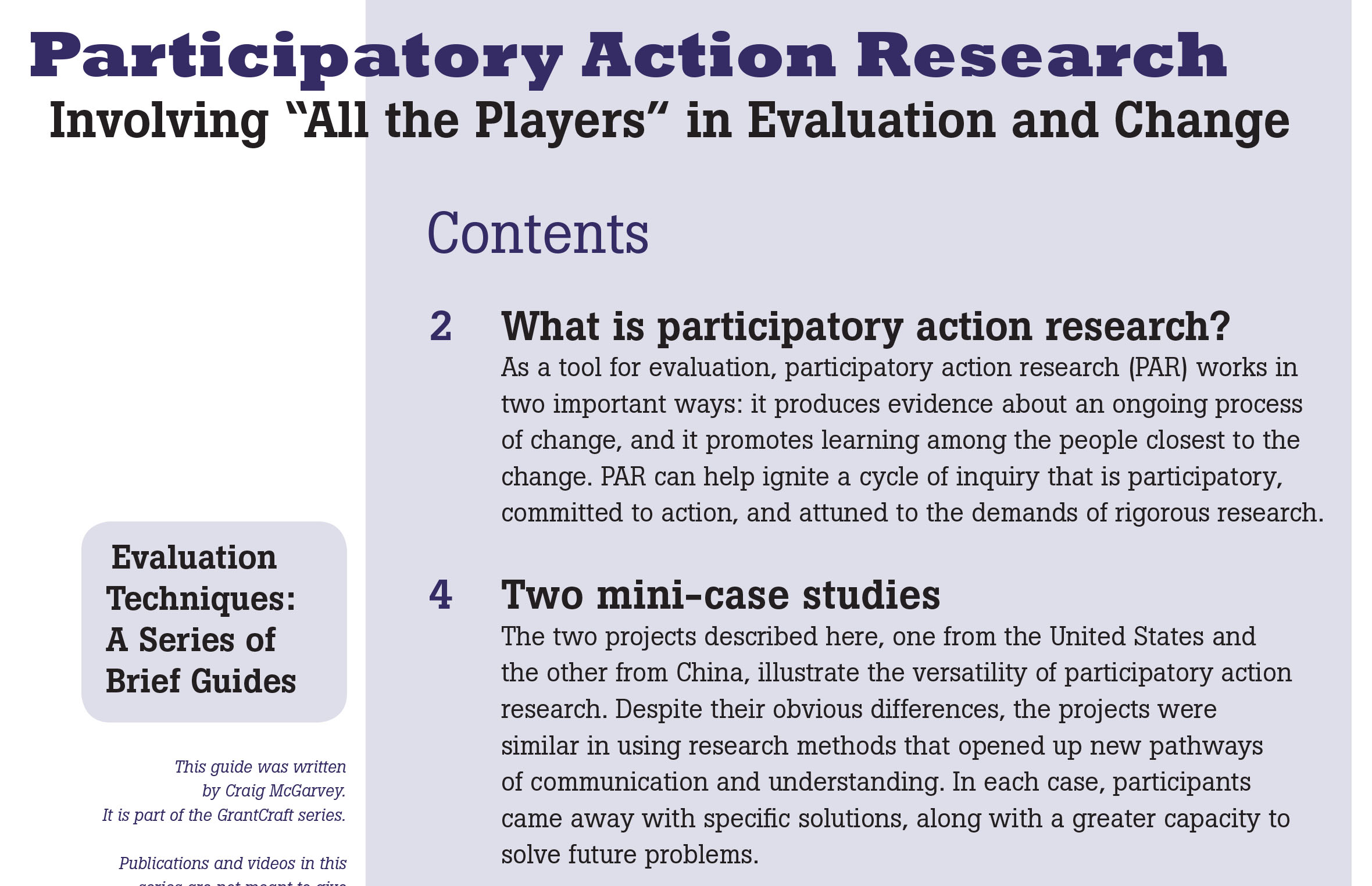Using PAR to Cross-Fertilize Knowledge between Farmers and Scientists Improving food security in China
The highlands of southwest China are believed to be one of the first places in human history where maize was cultivated, despite the region’s varying and often difficult growing conditions. Through the generations, the challenges of their local conditions have forced poor farmers to preserve a high level of genetic diversity in corn seed, a “bottom up” diversity whose importance to the future of China’s maize cultivation some scientists are coming to see as vital.
But to improve food security, the country has developed a “top down” system of seed production and supply, producing a small number of scientifically hybridized maize strains that are particularly suited as high-yield crops for the fertile north and promulgated by the government in a formal “extension” system throughout the country. As China has opened its market-driven economy in recent years, profit motive has accelerated the formal system.
This formal system has not necessarily benefited the rural southwest highlands. “High yield means high input” of fertilizer and other maintenance, said the lead researcher of a PAR project to partner modern breeding scientists with farmers using generations-old “informal” systems that preserve genetic variety. In a written report on the project, a program officer noted that “poverty remains persistent” in the southwest, ”in particular affecting women and households headed by women,” and “rapid growth . . . goes hand-in-hand with increasing natural resource degradation.”
As the report explained, the project “set out to identify and assess ways of mutually beneficial partnership between the formal and informal systems in maize crop development specific to the southwest region.” Misunderstandings between local farmers and representatives of the formal breeding system were the norm. The researcher characterized the beliefs of formal breeders, who had little personal knowledge of the highlands: “The farmers are stubborn. Why won’t they accept our high yield seeds?”
To build a team, the researcher had to find “common interest.” In an early step, she brought a national breeder for a first visit to the mountain region. “He was so touched,” she recalled. “How could local farmers bring fertilizer into the mountains?” He also recognized that local maize breeds were important to the preservation of biodiversity. For their part, local farmers saw value in improving their varieties and possibly selling their own seeds.
The team that was developed included the researcher, national and provincial breeders, local “extensionists” of the formal system to serve as facilitators, and, importantly, five women’s farmer groups from six local villages. (Men, many of whom had mitigated to the cities, joined later.) According to the program officer, the project has aimed for “empowerment through knowledge.” Team members reported that they wanted to improve the livelihoods of women and men farmers, building their abilities to manage agrobiodiversity and sustain the development of crops.
Farmers learned new breeding techniques that are appropriate to their fields and complementary to those used by government breeders. Team members decided consensually on the breeds to be tested and the characteristics they saw as important, such as drought resistance, high yield, and the self-saving of seeds. Participants came together to evaluate and vote on varieties during the cycle of each harvest season. Some of the hard science accomplishments:
- From several dozen local maize varieties, farmers selected three — taking into account “agronomic, cultural, and economic” factors — for use in ultimately successful formal trials in neighborhood villages.
- Several varieties from outside the region have been locally adapted, and local varieties have been improved collaboratively.
- Women farmers produced an improved variety, both robust and flavorful, that has been “tested and certified by the formal breeding institution” and is used throughout the project region.
One of the measures of greatest success, according to the researcher, has been that China’s “institutional approach has been changing to a more collaborative approach.” “Farmers used to be passive receivers,” she said. “But now they have a platform through the project and their community organization. They speak out more and are listened to.”
At the policy level, the Ministry of Agriculture will include participatory approaches in a pilot project to reform the national extension program. And locally, farmers have organized several “diversity fairs,” at which they plan to sell their own seeds.


